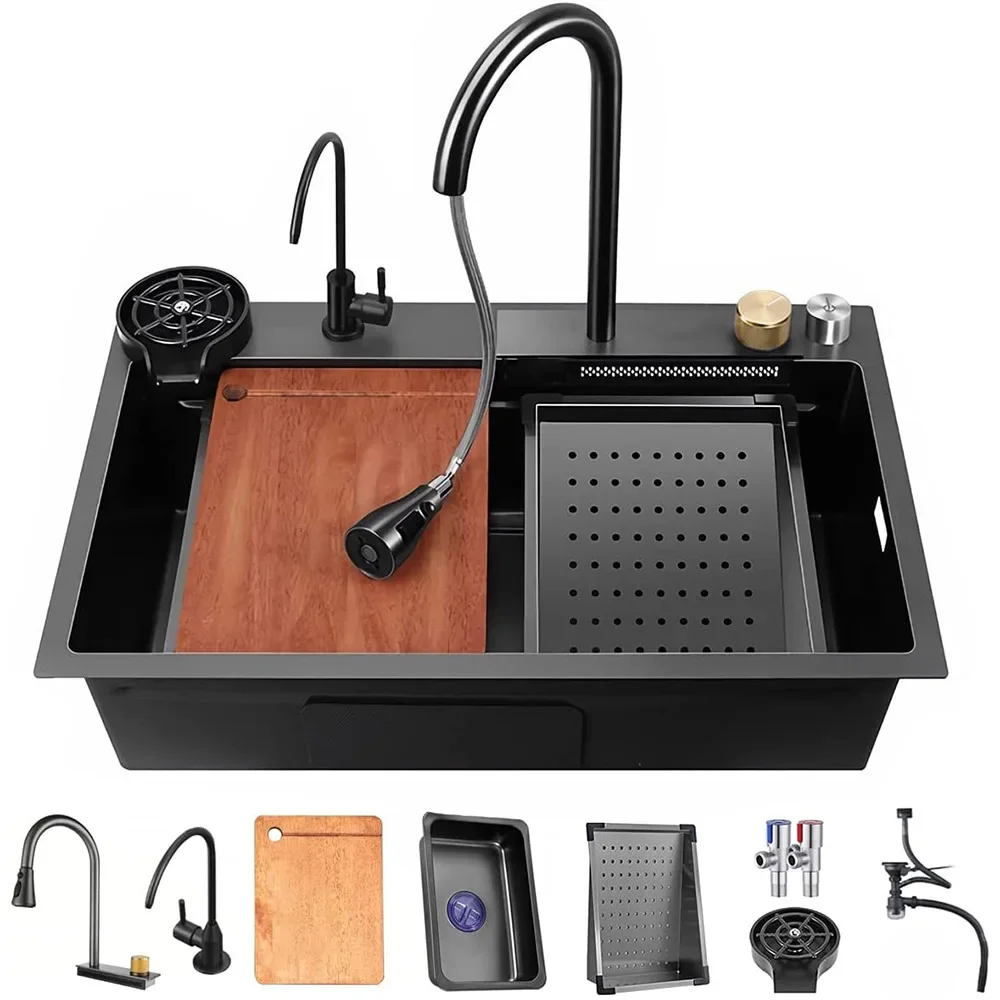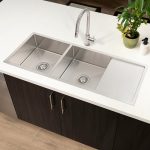When planning your kitchen renovation or designing a new kitchen, one of the most critical decisions is selecting the right kitchen sink size. The kitchen sink is not only a functional element but also a focal point in the kitchen. Its size and style can significantly impact both the usability and aesthetic appeal of your space. In this comprehensive guide, we will delve into the various considerations and factors that will help you choose the perfect kitchen sink size for your needs.
Understanding Kitchen Sink Sizes
Standard Sink Dimensions
Kitchen sinks come in a range of sizes, with standard dimensions typically falling between 22 to 33 inches in width and 20 to 22 inches in depth. These measurements represent the most common sink sizes that fit well in typical kitchen layouts. Standard sinks often come in single or double-basin configurations, allowing for various functionalities. For instance, a standard 25-inch sink might be ideal for a small kitchen where space is at a premium, while a larger 33-inch sink could offer more versatility for larger cooking tasks.
Custom and Specialty Sink Sizes
For those with unique kitchen layouts or specific needs, custom and specialty sinks are available. These sinks can be tailored to fit specific dimensions and designs, including oversized or uniquely shaped sinks. Custom sinks are particularly useful for specialized applications, such as farmhouse-style kitchens or commercial-grade setups. While custom sinks can be more expensive and require longer lead times, they offer the advantage of being perfectly suited to your kitchen’s dimensions and style.
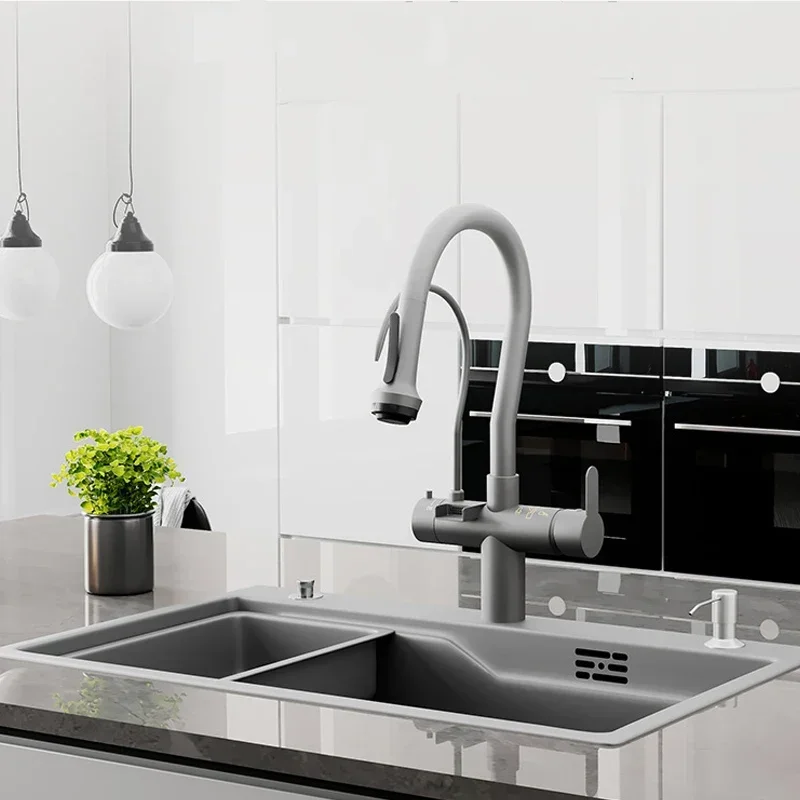
Choosing the Right Sink Size for Your Kitchen Layout
Small Kitchens and Space-Saving Options
In small kitchens, optimizing every inch of space is crucial. For these settings, a compact sink size is often the best choice. Sinks in the range of 22 to 25 inches wide provide ample functionality without overwhelming the space. Opt for a single-basin sink or a smaller double-basin model to maximize counter space and storage. Consider a corner sink if your layout allows it, as this can save valuable countertop space and provide a unique design element.
Large Kitchens and Multi-Function Sinks
For larger kitchens, you have more flexibility in choosing a sink size. Sinks that are 30 inches or wider can offer a more substantial work area, making them ideal for multitasking. A larger sink can accommodate multiple pots and pans and even double as a food prep area. Consider a sink with multiple basins or built-in accessories like a cutting board or colander to enhance functionality. When opting for a larger sink, ensure that your countertop and cabinet space can support its size without compromising the kitchen’s overall flow and functionality.
Sink Depth: A Crucial Factor
Standard Sink Depths
The depth of a kitchen sink can greatly affect its usability. Standard sink depths typically range from 7 to 10 inches. A standard depth is sufficient for most kitchen tasks, including washing dishes and preparing food. Shallow sinks, under 7 inches deep, are often chosen for aesthetic reasons or smaller kitchens where counter space is limited. However, they may not be as practical for large pots or for tasks that require significant water volume.
Deep Sinks for Enhanced Functionality
Deep sinks, generally over 10 inches, are increasingly popular for their practicality and versatility. They provide ample space for washing large pots, filling buckets, and handling oversized items. Deep sinks are particularly useful in kitchens where heavy-duty tasks are common. If you opt for a deep sink, ensure that your faucet has sufficient reach and height to accommodate the increased depth. Additionally, verify that the sink’s depth aligns with your comfort level to avoid any strain during use.
Material Considerations for Different Sink Sizes
Stainless Steel Sinks
Stainless steel is one of the most popular materials for kitchen sinks due to its durability, ease of maintenance, and modern appearance. Stainless steel sinks are available in various sizes and depths, making them versatile for different kitchen layouts. They are resistant to stains, rust, and corrosion, which makes them suitable for busy kitchens. When selecting a stainless steel sink, consider the gauge of the steel; a lower gauge indicates thicker, more durable material.
Composite and Cast Iron Sinks
Composite sinks, made from materials like granite or quartz, offer a blend of style and durability. These sinks can be found in various sizes and are resistant to scratches and stains. They are available in multiple colors and finishes, allowing you to match your sink to your kitchen decor. Cast iron sinks are known for their strength and classic look but can be heavy and require sturdy cabinetry. Both composite and cast iron sinks can add a touch of elegance and functionality to larger kitchens.
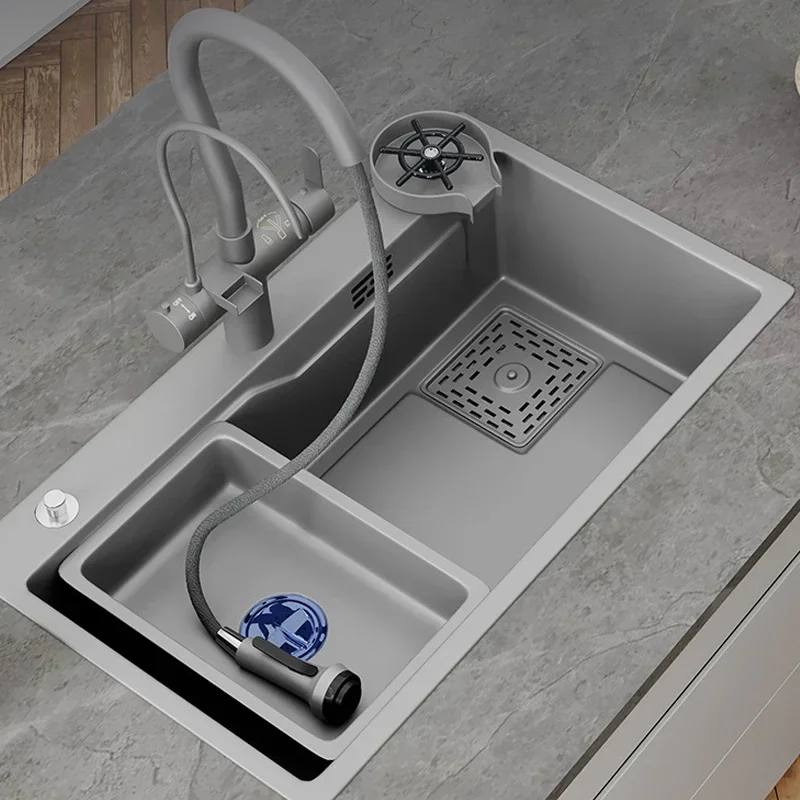
Sink Configuration and Layout
Single Basin vs. Double Basin Sinks
Choosing between a single basin and a double basin sink depends on your kitchen tasks and preferences. Single basin sinks offer uninterrupted space for washing large pots and pans, making them ideal for heavy-duty use. They are also easier to clean and maintain. Double basin sinks, on the other hand, provide versatility by allowing you to separate tasks, such as washing dishes in one basin while rinsing in the other. This configuration is particularly useful for households with multiple users or for tasks that benefit from segregation.
Undermount vs. Drop-In Sinks
Sink configuration also includes the choice between undermount and drop-in styles. Undermount sinks are installed below the countertop, creating a seamless look and making cleaning easier. They are a good choice for modern kitchens and can be paired with larger sink sizes for a sleek appearance. Drop-in sinks, also known as top-mount sinks, are installed above the countertop and can be a more affordable option. They are easier to install but may require more countertop maintenance around the sink edges.
Faucet Compatibility and Accessory Options
Matching Faucet Height and Reach
When choosing a sink size, consider the compatibility of your faucet. Ensure that the faucet height and reach are suitable for the sink’s depth and size. For deep sinks, a taller faucet with a long reach is necessary to ensure ease of use and adequate clearance. Conversely, a standard-height faucet may suffice for shallower sinks. Consider features like pull-down sprayers or touchless controls to enhance functionality and convenience.
Adding Accessories and Custom Features
Many sinks come with optional accessories that can enhance their functionality. Look for sinks with built-in features such as cutting boards, colanders, or drain racks. These additions can help maximize the use of space and streamline kitchen tasks. Custom features like integrated soap dispensers or water filtration systems can also incorporat into your sink setup, providing added convenience and efficiency.
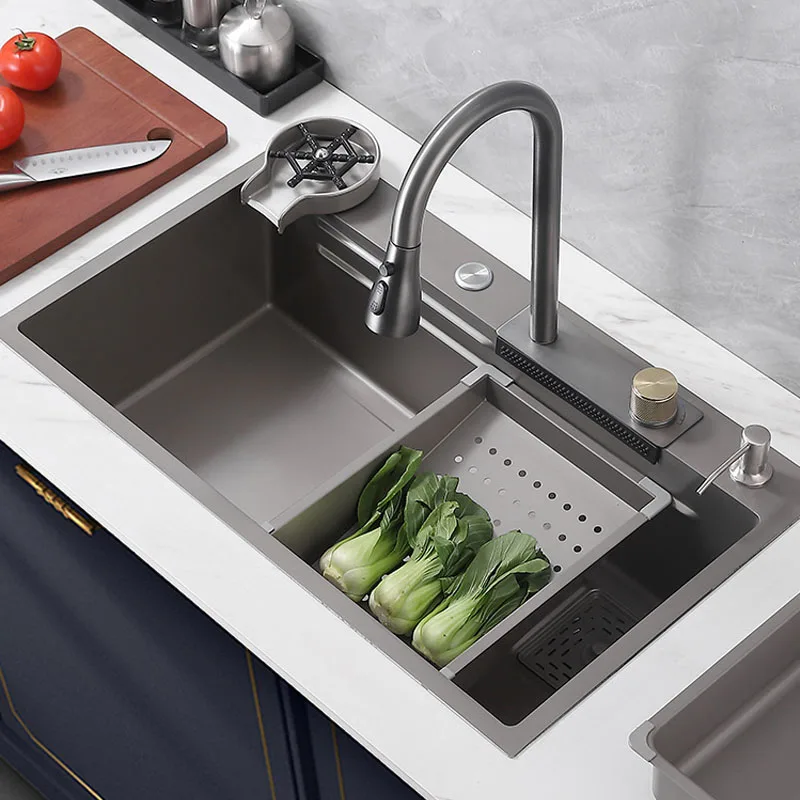
Installation and Maintenance Considerations
Professional Installation vs. DIY
The installation of your kitchen sink can be a significant factor in your decision-making process. While some homeowners may opt for a DIY approach, professional installation ensures that the sink is properly fitted and aligned. This is particularly important for larger or custom sinks, which may require precise measurements and adjustments. A professional installer can also address any plumbing or countertop modifications needed to accommodate the new sink.
Maintaining Your Sink Size and Material
Regardless of the sink size or material you choose, proper maintenance is essential to keep your sink in good condition. Regular cleaning and care will help prevent stains, scratches, and damage. For stainless steel sinks, use non-abrasive cleaners and avoid harsh chemicals. Composite sinks may require periodic sealing to maintain their appearance and durability. Ensure that you follow the manufacturer’s care instructions to prolong the lifespan of your sink and maintain its functionality and aesthetic appeal.
Conclusion
Selecting the right kitchen sink size involves considering various factors, including your kitchen layout, functionality needs, and personal preferences. From understanding standard and custom sink sizes to evaluating sink depth and material options, making an informed choice can significantly enhance your kitchen’s usability and style. Whether you opt for a compact sink for a small space or a larger, multi-functional model for a spacious kitchen, careful consideration and planning will ensure that your new sink meets your needs and complements your kitchen design.
